How Long Can You Leave Primer Unpainted?
All you need to know about priming your walls
Most of us have done a painting project at home at least once. And for sure, if you have such experience, you know that it is often recommended to apply primer to the walls prior to painting them.
Priming does give certain benefits, but people often have another question: how much time is it allowed to wait before you can apply paint after primer?
In this article, you will be able to find the answer.
We will explain how long you can wait and leave your primed walls unpainted without causing any harm to them. Also, you will find out whether applying primer is mandatory at all, and a few other useful tips and life hacks.
How Long After Primer Can I Paint?
If you have ever faced a need of completing a home painting project, you know very well that primer often comes along with the paint application. But people often feel uncertain about the amount of time that is acceptable for leaving your primed walls unpainted.
The general rule of thumb is the following: it is ok to leave your unpainted primer for no more than 30 days. If you have to leave your primer for more than this amount of time, note that you will need to add another coat of it before you put the top coat of paint on.
See, the primer does not have the same components as finish paint. The primer is meant to almost act as a binding agent, this is why it is applied between the wall and the finish paint you apply afterward.
When you put primer on, you may notice that it is a bit thinner, as it is designed to fill any small holes and cracks in the wall. Thanks to this feature of this product, primers give you a smoother finishing coat.

You may also notice that the primer feels a bit rougher than the finished coat of paint. This is all because primer and paint are not the same things. Respectively, they should not be used for the same thing.
So what would happen if you leave your primed walls unpainted?
If you put primer on a wall and never cover it with a top coat of paint afterward, you will probably notice that the primer will start to get a bit chalky after a while.
That chalky material is not only going to look terrible, but it can make a bit of a mess in your home. After that, the chalky primer will most likely come off the walls.
Thankfully, you can avoid such a disaster by making sure you paint over your primer a few days after you put it up.
Of course, it may happen that it could take you two weekends to get the primer and finished coat up on the wall.
This is completely acceptable and will not cause any problems with the finished look of your room. However, waiting for more than 30 days could decrease the effectiveness of the overall paint job.
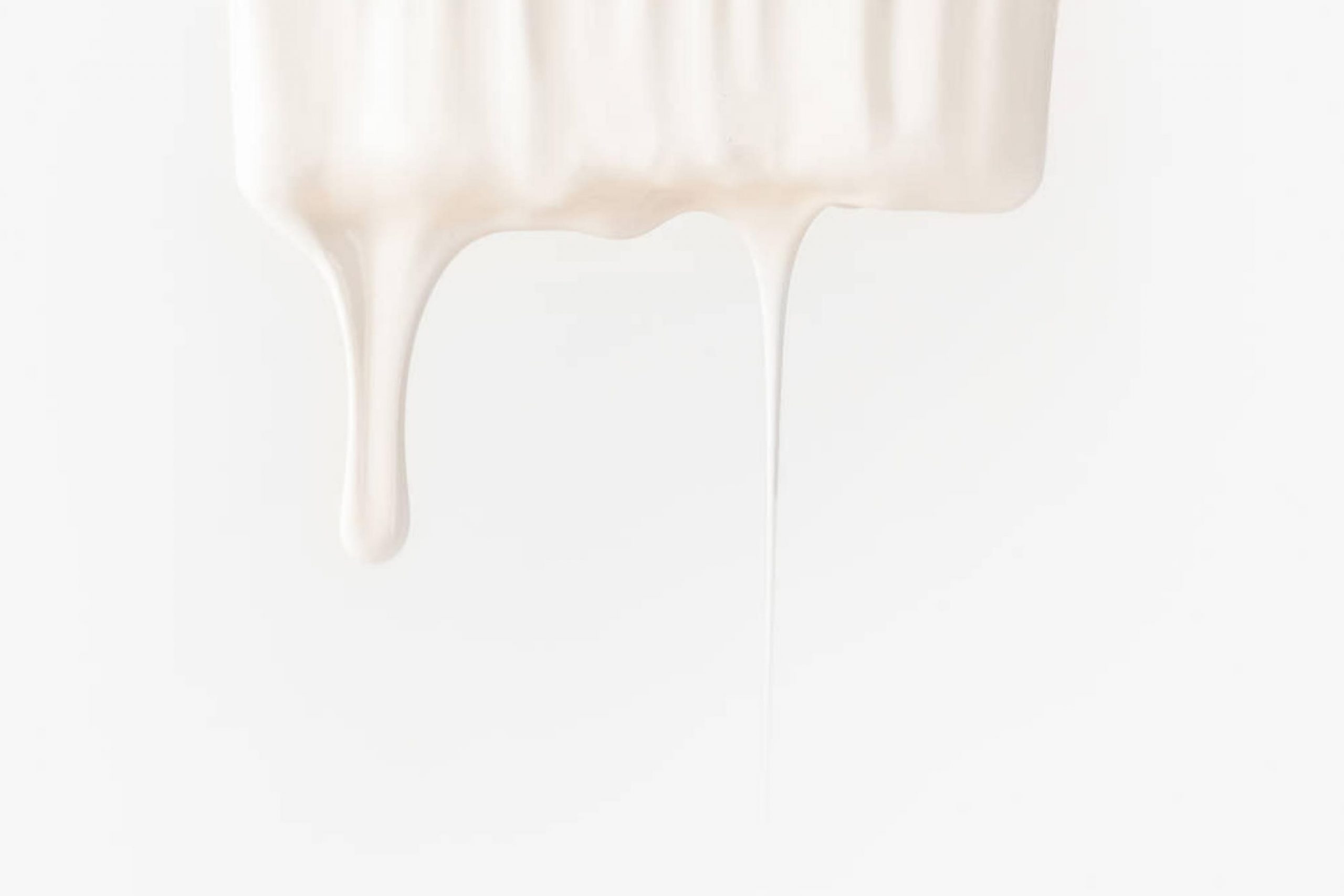
AntonMatyukha via VistaCreate
Table of Contents
Can a Flat White Paint Be Used as a Primer?
Sometimes, people try to save some money on their home painting projects by substituting certain materials. It makes sense since, if you need to paint a large surface or a spacious area, it may be way too costly!
This is why one thing that homeowners often try to do is to save some money by using old paint instead of a primer.
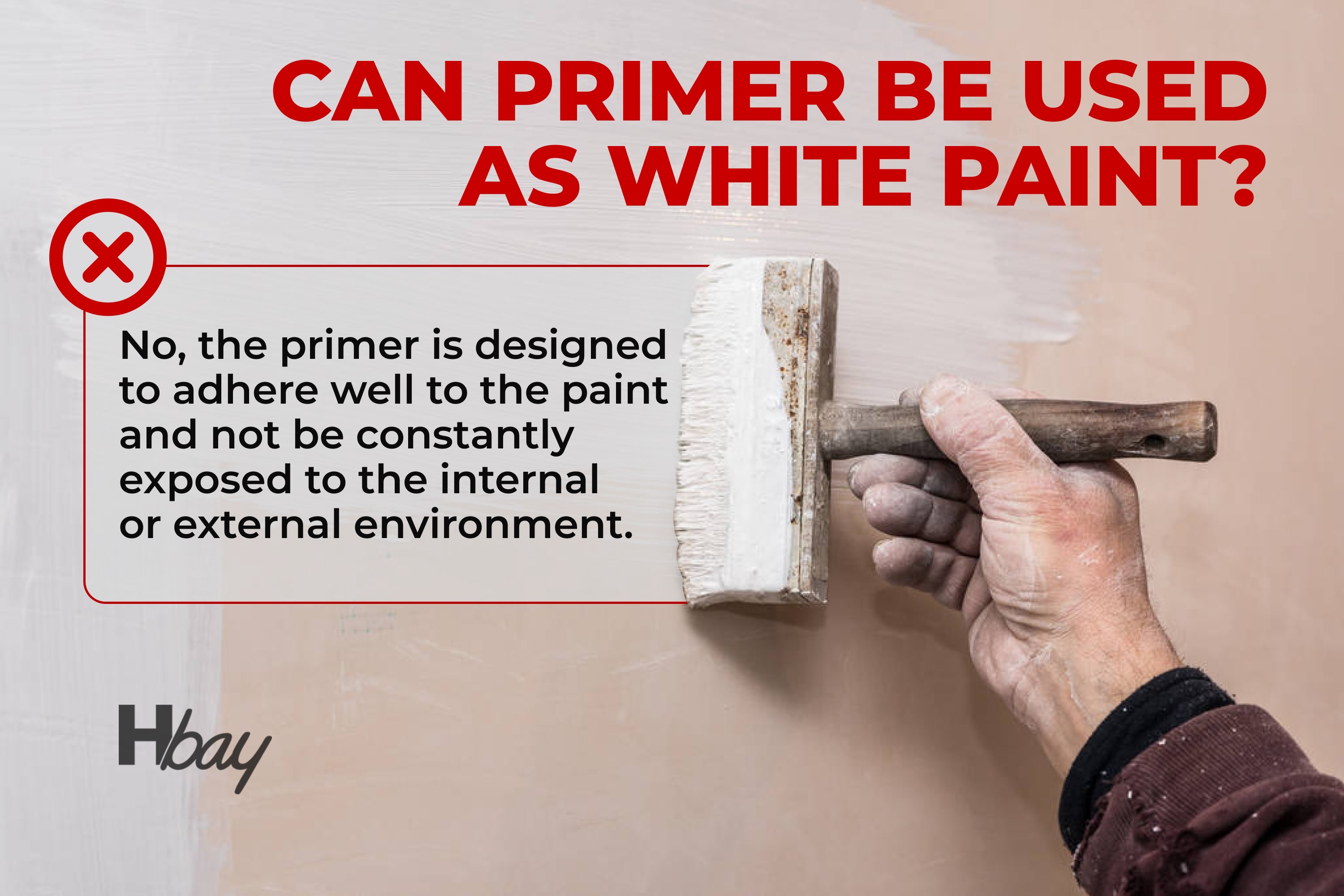
housekeepingbay.com
And in fact, this is not a bad idea! So if you are up to any home painting projects and you have some old paint in your garage that is still in good condition, you can make use of it! Such paint will work well as a primer without any doubt.
There are only several nuances that you should keep in mind before you grab a can of old paint and start using it as a primer.
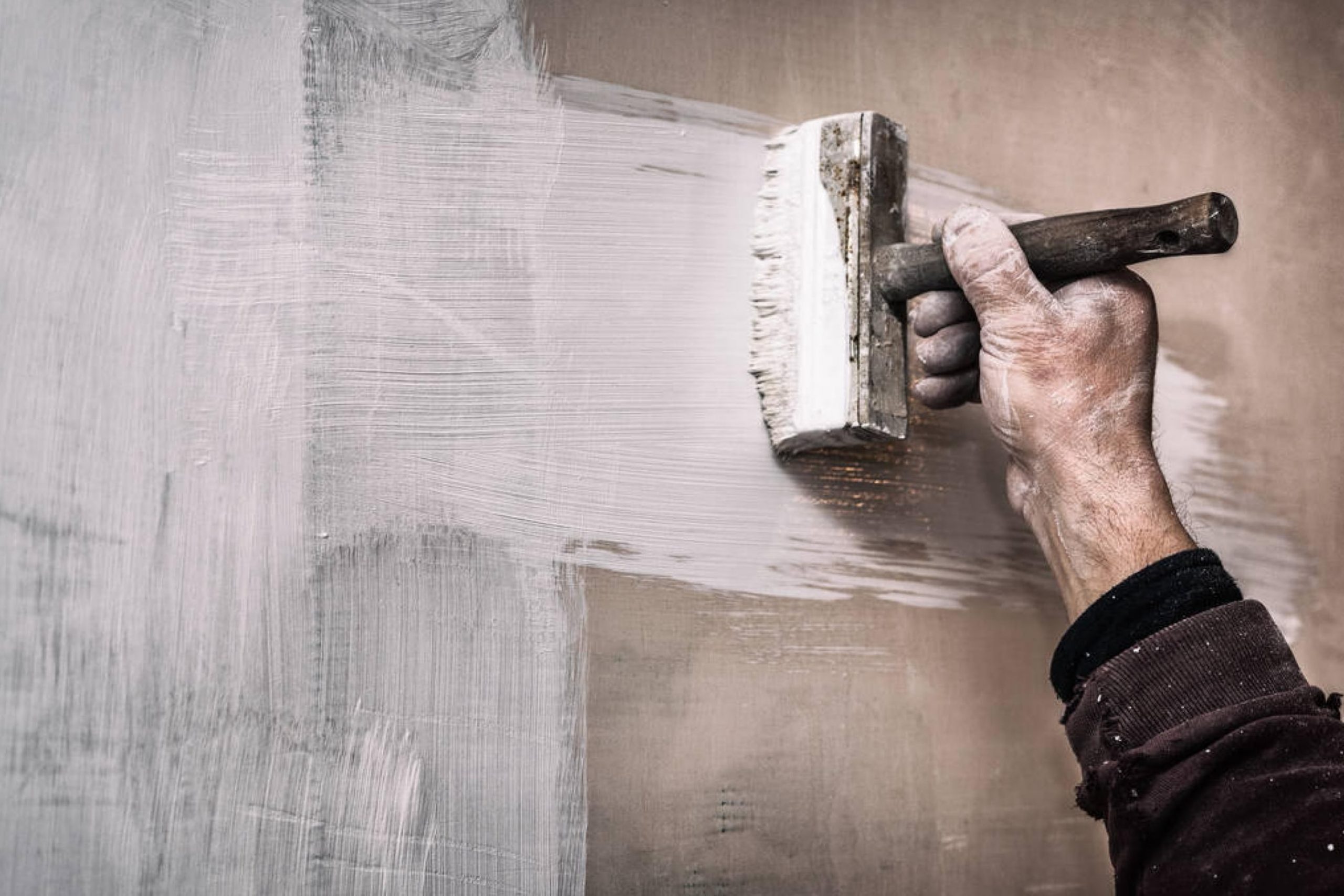
crossdee via VistaCreate
The Old Paint Must Be the Same Type As the New One
If you are priming a wall that you are going to paint with latex later, make sure that you use an old can of latex paint as the primer! See, if you use something like oil-based paint, it will leave you with some issues if you plan on painting over it with latex.
Make Sure You Are Using a Flat Paint
That means you have to make sure that the paint you are planning to use as a primer is what is called flat paint.
See, if it is something that has a high-gloss finish (like trim paint, for instance), you probably won’t want to use it as a primer. Sometimes, the gloss works a bit like a sealant, which means that it will prevent the finish coat from adhering to the paint the way you intend it to.
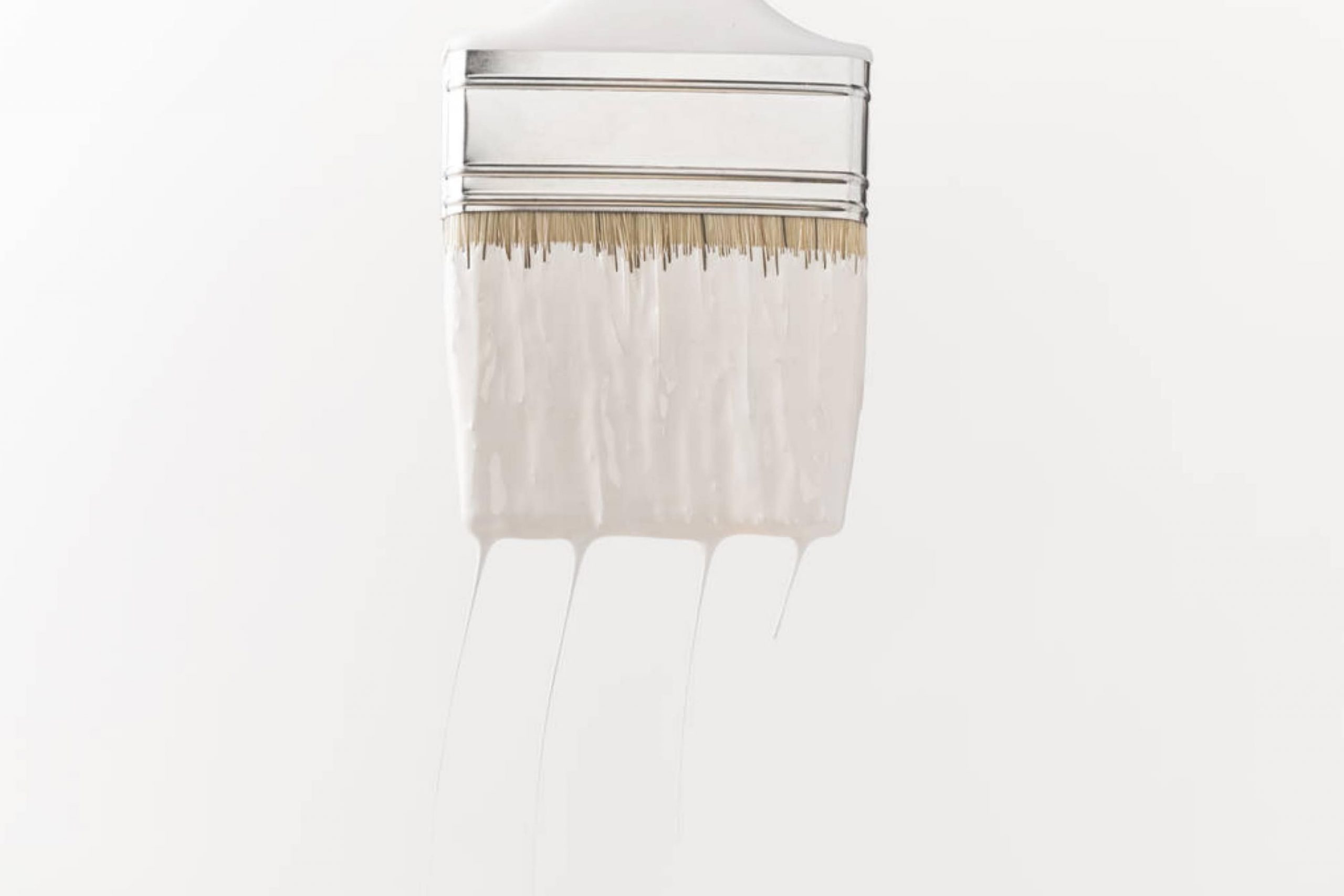
AntonMatyukha via VistaCreate
Avoid Using Purple Paint
If you decide to prime your walls with the old paint, don’t use leftover purple paint for this purpose!
Since this is a proper finish paint, it will be much harder to cover than the primer. In addition, it can be hard for white to cover over certain bold colors.
In the end, you can be pretty creative about what you use to prime your walls. You don’t always have to go and purchase a can of premium primer for your project.
So, since now you know that the leftover paint can be successfully used as a primer, you may be wondering why primer is even necessary or worth it. Well, the reason is that primers are considerably cheaper than the finish coat of paint!
And to many people, this is a crucial reason, especially if they are into a massive paint job.
This is also why most people who need to prime a room, for example, will rather use a true primer to be able to save a bit of cash.
Except for this reason, there are, however, a few others. Primer is typically white in color and very easy to cover.
Plus, you can also get the primer that is tinted to your finish paint color. In addition, if you are going to paint an area that has high moisture levels, you can opt for using something with anti-mold technology built into the primer.
Like this, you are now aware of how much time it might be acceptable for leaving your primed walls unpainted. As you know now, you can wait for up to a month, but still, try to make this time gap as short as possible. It will allow you to achieve better coverage with paint afterward.
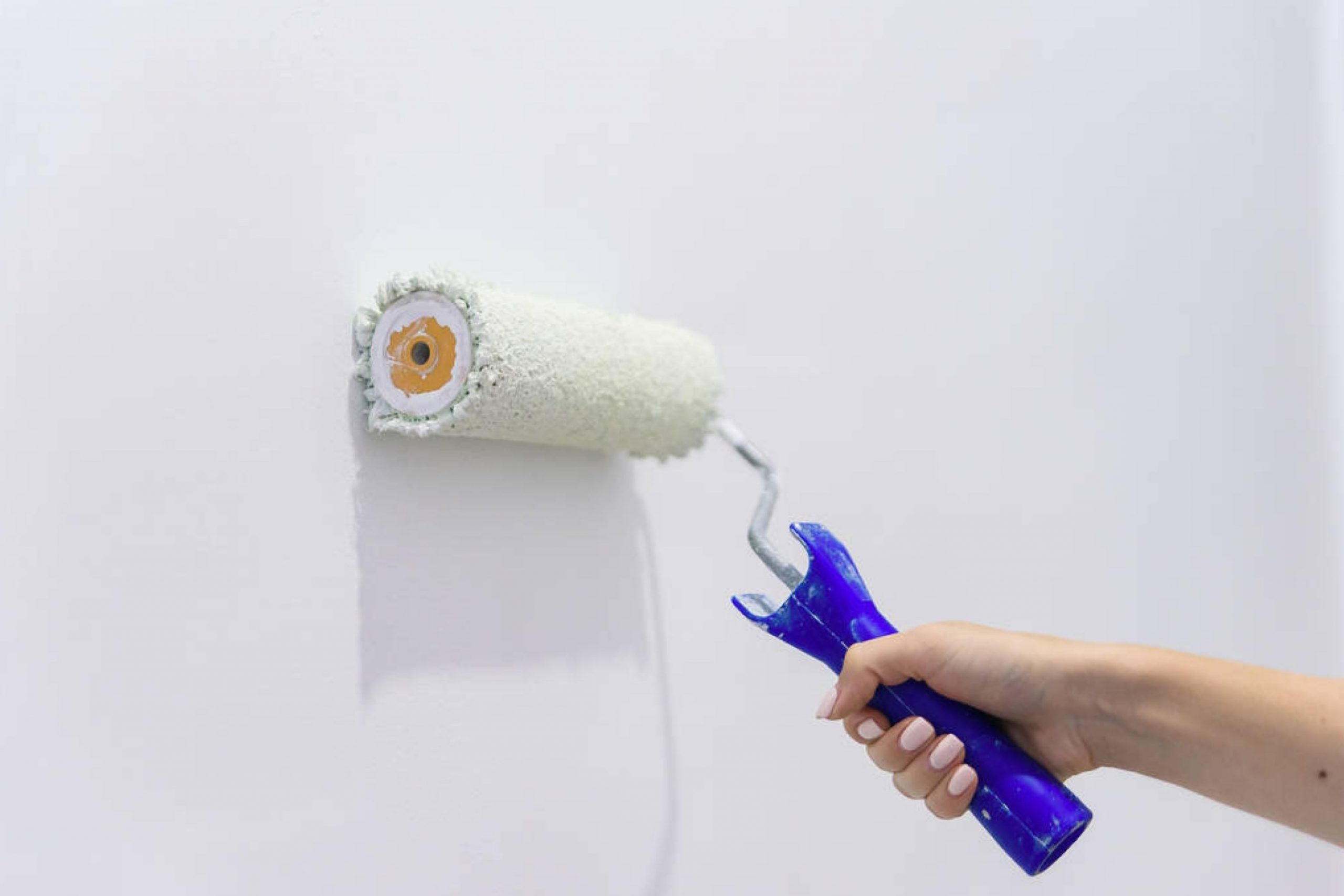
GorynVolodymyr via VistaCreate
How Many Coats of Paint Do I Need After Primer?
Many homeowners face one more issue when they start painting projects around their homes.
Let’s say, you have primed the walls alright, and now it is time to paint them. But here is the question: how many coats of paint should be applied?
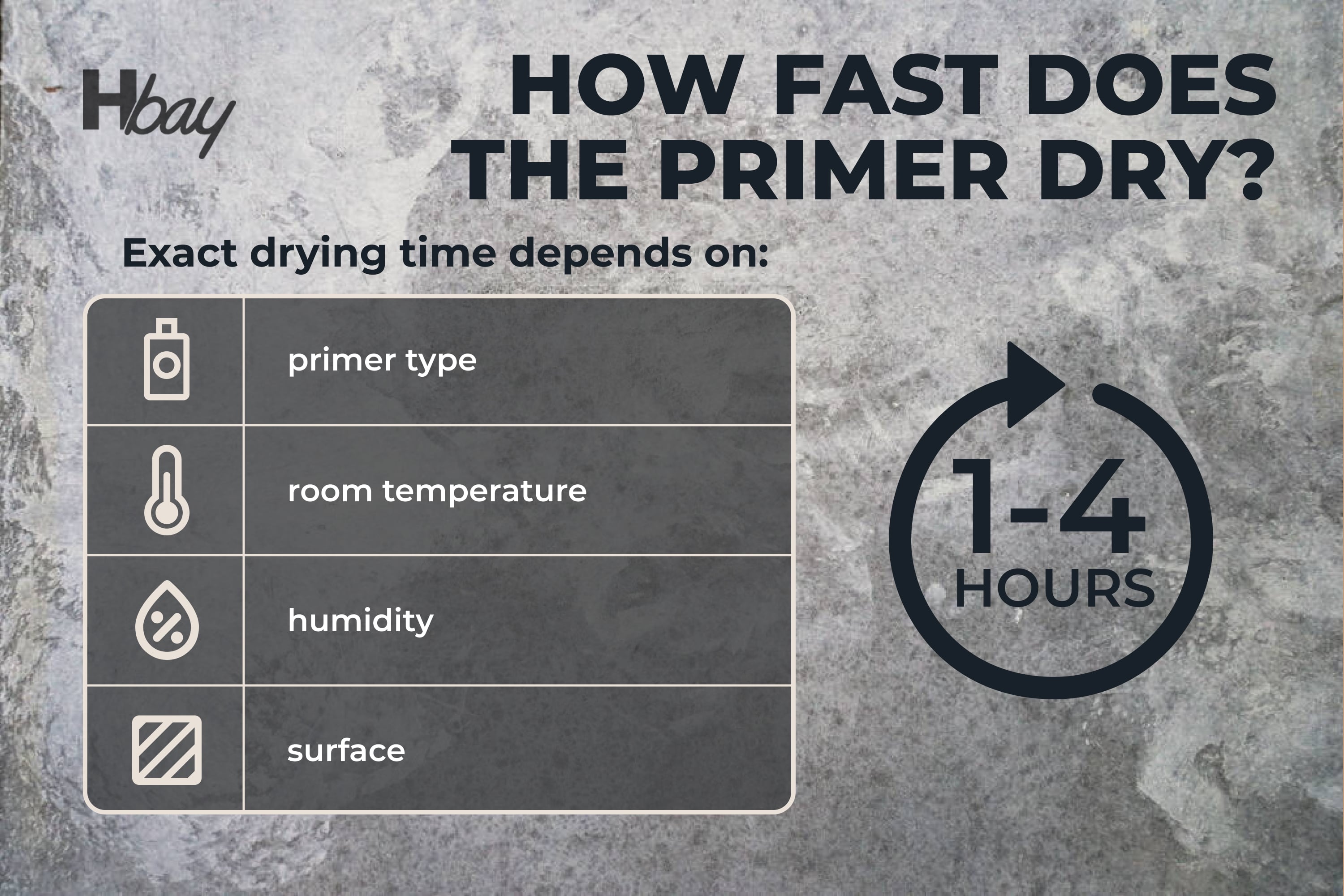
housekeepingbay.com
We would suggest you make sure that two coats of paint are applied over the coat of primer.
Why two? See, people often think that, when they apply a coat of primer, it allows them to save some paint later and get their paint job done with only one final coat of paint applied to the walls.

However, you should note that putting a coat of primer on the walls is not an excuse (as well as not a substitution) for one of the final coats. You still need to put on the two coats of paint so that the wall or furniture or whatever surface you are painting has the product it needs to look good for years to come. Besides, the second coat of paint that you put on may adhere a bit quicker because the wall will already be smoothed and well filled with paint.
You should also not have any big gaps or spots to cover at this stage of the painting process.
However, you must make sure that you completely cover the entire wall or be able to see where you missed spots. The color will continue to clarify until the second final coat is dry.
Is Applying a Primer Really That Necessary?
Surprisingly, people still wonder whether priming is mandatory and needed even after they learn about all the benefits this procedure gives to them as a part of the painting process. So let’s try to figure it out.
When it comes to painting, it is without a doubt better to prime the walls (or any other surface or object you are painting) than to skip the priming stage.
If you apply the primer first before proceeding with painting, you will notice that your finished coat of paint looks much better and also lasts longer when you apply a primer.
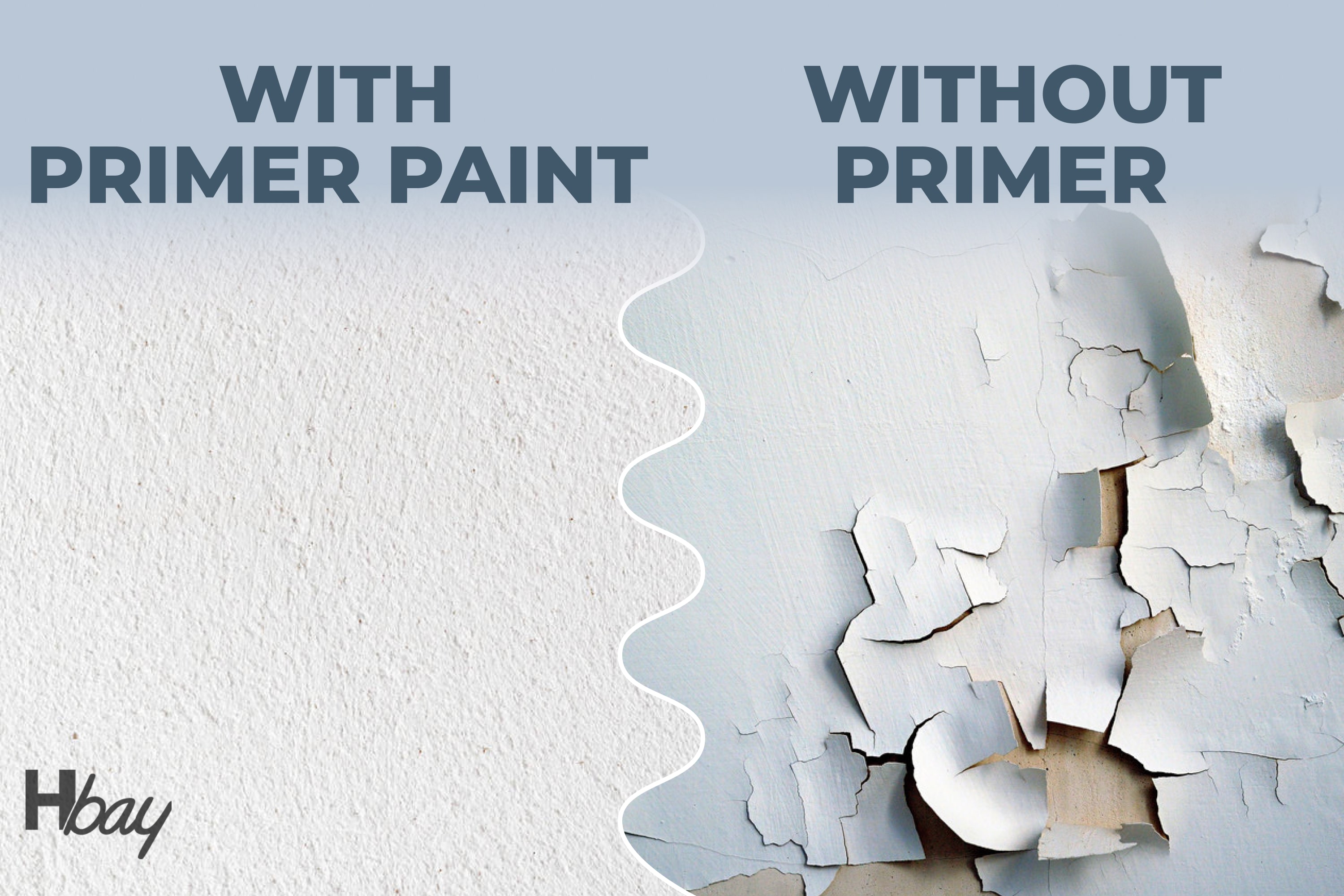
housekeepingbay.com
Also, keep in mind that, if you are going to paint a piece of wood furniture, it is especially important to use a primer!
In this case, you are simply not allowed to skip this step. See, when dealing with bare wood, you should consider that the topcoat may often not adequately cover the surface. As a result, the color will look almost faded on the finished product!
There is, however, one more typical problem you might face when not using a primer.
The wall or furniture piece will most likely tend to soak up a lot of paint if you apply it to the unprimed surface. We bet that in this situation, any of you would rather have the walls soak up the cheaper primer than the expensive finish coat!
So, as you can see, it is better to apply the coat of primer before you proceed with painting rather than skipping this stage and then spending more paint on the surface you are working with.
Plus, a primer will make sure that the object or the surface you are painting will have a much better appearance afterward, lasting longer.
Now you know what amount of time is considered acceptable for the primed walls to remain unpainted so that it doesn’t cause any harm to the upcoming paint layer.
Also, since you have learned what benefits priming gives to you, you will now hardly skip this stage of a paint job just to save some coins!
Anyway, remember that it is better to spend some extra time on priming and then apply less paint (which is rather pricey!) than trying to “save” on it and invest in more paint.

Switch via VistaCreate
Ever wished paint sampling was as easy as sticking a sticker? Guess what? Now it is! Discover Samplize's unique Peel & Stick samples. Get started now and say goodbye to the old messy way!
Get paint samples




Frequently Asked Questions
⭐What happens if you don’t paint over primer?
If you don’t do that, the coat of primer will start chippingg off. Especially if you leave the primmed surface unpainted for more than a month.
⭐Can you use primer as white paint?
Primer cannot be used as paint because it is specifically designed to bond well with paint and not be permanently exposed to an indoor or outdoor environment. It is not resistant to water and is easy to damage if bumped by humans or animals.
⭐How quickly does primer dry?
Primer takes between one and four hours to dry on average. However, the exact drying time depends on the primer type, room temperature, humidity, and the surface you're painting.
16 thoughts on “How Long Can You Leave Primer Unpainted?”
Leave a Reply

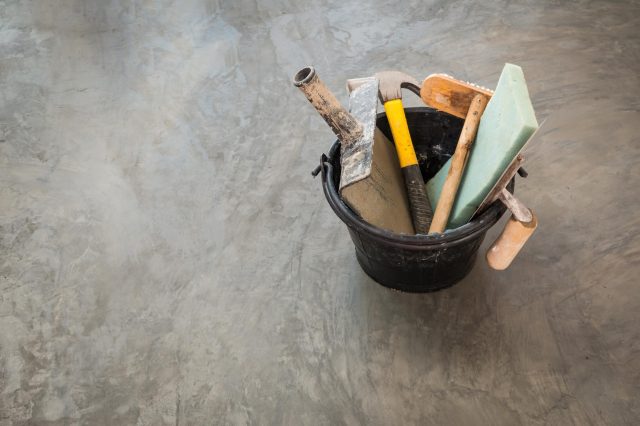



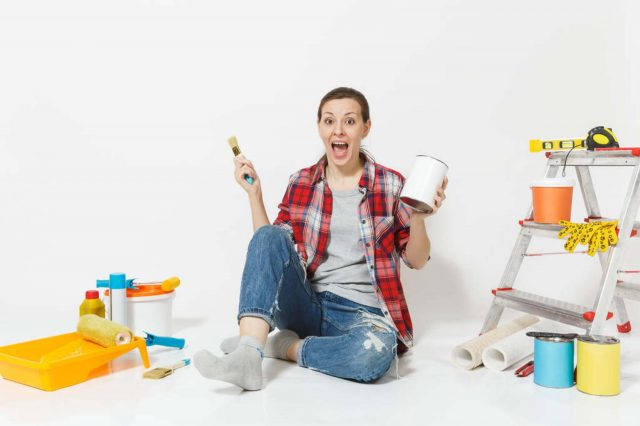
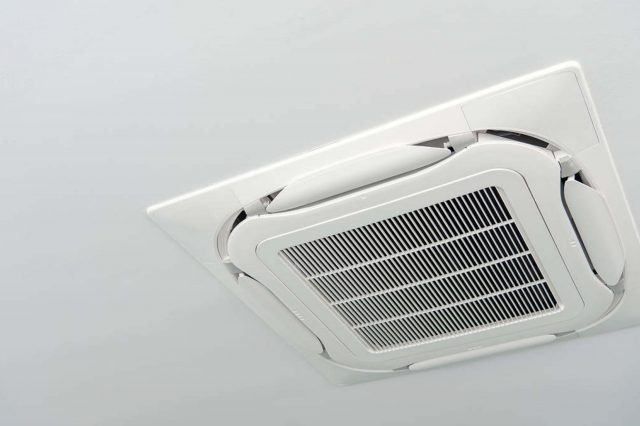

Hey there. As far as I know, it’s not ok to leave your car primed but not painted for too long. See, if you leave primer without a top coat or paint for too long, it will most likely start deteriorating and break down. In fact, primer cannot be used without paint on cars at least.
Hi. I’m going to repaint my car but a guy at the car service said it should also be primed before the paint is applied. So here’s the question: can you leave primer unpainted on a car? And for how long is it ok to leave it like that?
What happens if you don’t paint over primer? What if I just leave the surface primed and unpainted? Will it get damaged sooner or what?
As far as I know, painting over the coat of primer is not always mandatory. I do remember that some surfaces like wood can be left primed and unpainted for quite a long time as long as they were prepared and primed properly. I guess paint serves for aesthetic purposes more.
Does anyone know how long can you leave primer unpainted on a car? I know how long it’s ok to leav eit like this on wood and other porous surfaces. What about metal?
I guess it depends on the type of the primer you are using. Most primers should sit on a car for around 24 hours before you start applying the base coat of paint. Other primers may already dry in half an hour. But I know that in car service, they say to apply the primer 24 hours before painting since it gives the best results.
I hope I’m in the right place and somebody will be able to help me out. See, I’d like to figure out how long do you have to paint after priming? Even an approximate time frame will be great! Thanks.
Hey there! Well, if you use a latex primer, most of them will dry to the touch within half an hour to one hour. But I want to warn you not to paint the wall until the primer dries thoroughly! This process can take up to 3 hours. Also, note that high humidity and cool temperatures will make the drying times extend.
Hello. Thank you for this article since it helped me to figure out a couple of things I was not sure about regarding primers. There’s only one question I have more: how long will primer last after opening? I mean, if I keep it with the lid on but the can is already unsealed.
Hello. We are glad to hear that our article was useful for you! Regarding your concern, typically, most primers can be stored for two to three years, remaining in a decent condition and being able to work. However, their storage time is considerably shorter than the one of a paint. But you need to know that primer can go bad just like regular paint, so you should follow the storage requirements precisely to make it last as long as possible within its storage term.
Hi! I have just primed my wooden table but now I have faced another concern: can I wait a week to paint after priming? The thing is that I’m not at home right now and I’ll be back in a week or so. And there’s nobody whom I could ask to paint the table while I’m not there. Do you think it’s OK if it waits for this long?
Hi! Yes, why not? I guess it’s going to be ok. See, primer will anyway create a protective layer on your table so you don’t have to worry your job will be in vain. And from my own experience, I can tell you that you may even paint if a year after! It’s going to be fine! So relax. Paint it whenever you have time for that.
I primed my living room walls a couple of hours ago but I can see the primer is still wet. Is it possible to make it dry faster somehow?
Yeah, there is a couple of tricks in fact! Try to make the air move in the room by opening the windows and doors to get a better airflow. Also, if that doesn’t help, you can try using a hair dryer or a blower of some kind. But just for you to know, your primer may dry slow because you applied too thick coats. Next time, apply thin ones and do one wall at a time.
Do you necessarily have to wait 24 hours for primer to dry? I never primed before so I’m not sure how much time it needs before I can start painting. Thanks in advance!
Well, there are primers that will dry out in just an hour or two, while others need up to 24 hours. Thus, you should check out the instructions before you apply the primer you have. In most cases, latex primers don’t take more than an hour to dry out. However, I’d say you should wait three to four hours before applying a layer of paint. Like that, you’ll be 100% sure it’s dry.